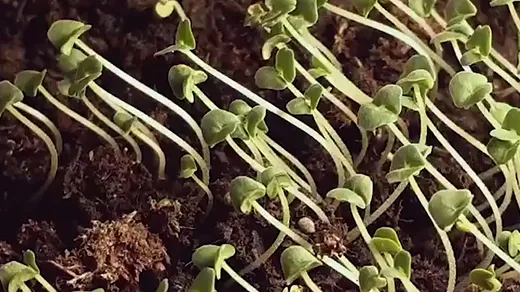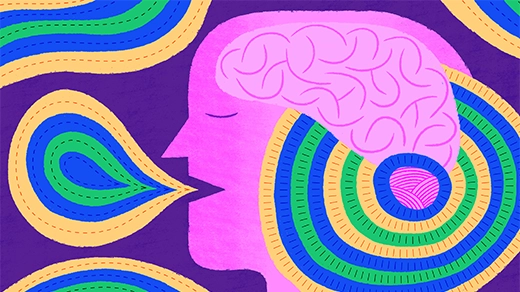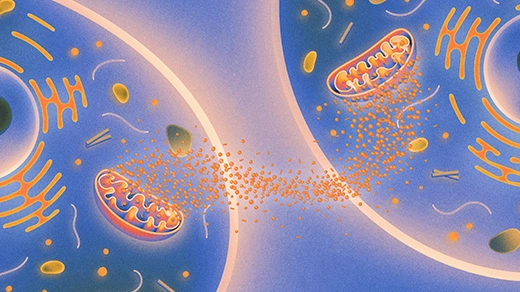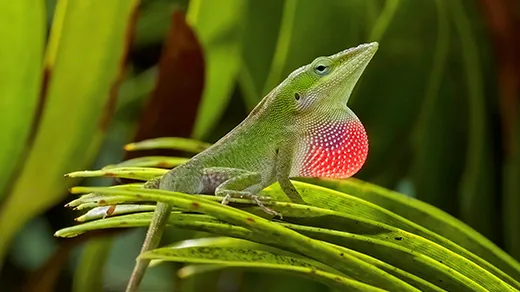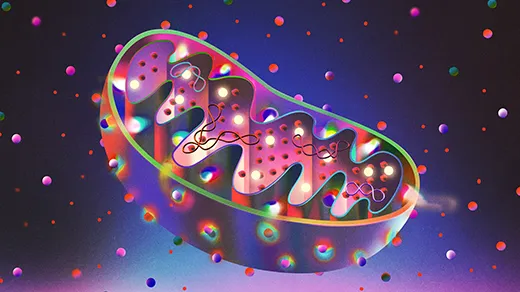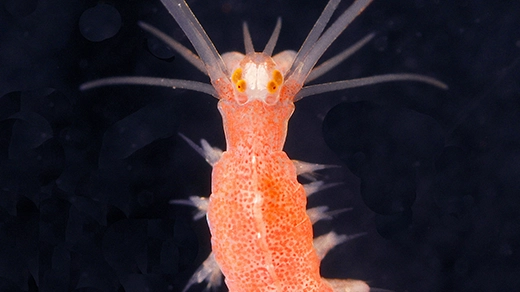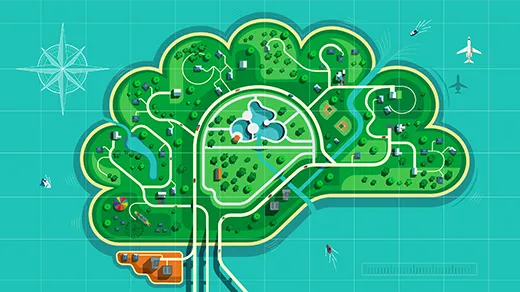What's up in
Biology
Latest Articles
Plants Find Light Using Gaps Between Their Cells
A mutant seedling revealed how plant tissues scatter incoming light, allowing plants to sense its direction and move toward it.
Why Locusts Swarm, Humans Do Good and Time Marches On
The Joy of Why podcast returns for a third season, with two co-hosts, 24 brilliant guests and 24 all-new episodes.
The Brain Region That Controls Movement Also Guides Feelings
The cerebellum is responsible for far more than coordinating movement. New techniques reveal that it is, in fact, a hub of sensory and emotional processing in the brain.
The Quest for Simple Rules to Build a Microbial Community
Microbiologists are searching for a universal theory of how bacteria form communities based not on their species but on the roles they play.
Cells Across the Body Talk to Each Other About Aging
Biologists discovered that mitochondria in different tissues talk to each other to repair injured cells. When their signal fails, the biological clock starts winding down.
Evolution: Fast or Slow? Lizards Help Resolve a Paradox.
Why does natural selection appear to happen slowly on long timescales and quickly on short ones? A multigenerational study of four lizard species addresses biology’s “paradox of stasis.”
The Year in Biology
In a year packed with fascinating discoveries, biologists pushed the limits of synthetic life, probed how organisms keep time, and refined theories about consciousness and emotional health.
How This Marine Worm Can Tell Moonglow From Sunbeams
For the first time, scientists have decoded the molecular structure of a protein that helps to sync a biological clock to the phases of the moon.
New Cell Atlases Reveal Untold Variety in the Brain and Beyond
Recent efforts to map every cell in the human body have researchers floored by unfathomable diversity, with many thousands of subtly different types of cells in the human brain alone.
